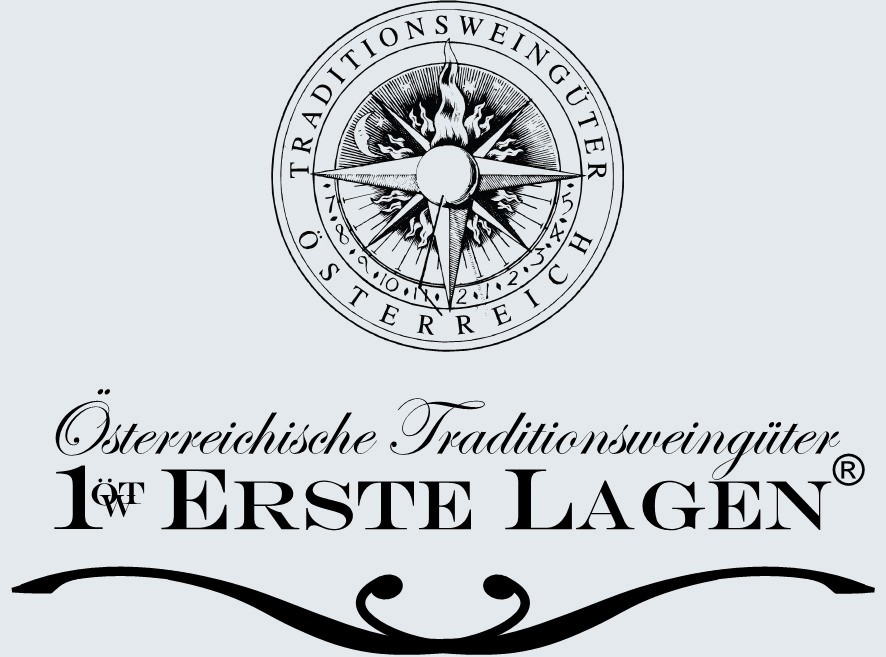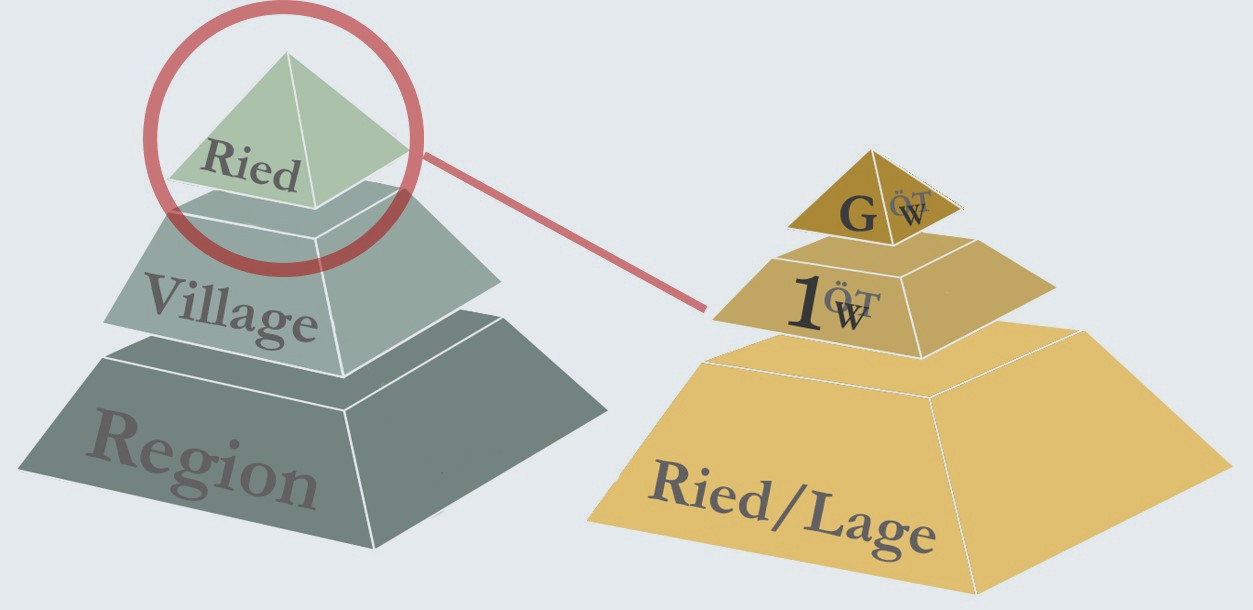 The history of the Austrian Traditional Wine Estates goes back to 1990. At that time, a small circle of winegrowers began to discuss the identity of wine in relation to its origin.
The history of the Austrian Traditional Wine Estates goes back to 1990. At that time, a small circle of winegrowers began to discuss the identity of wine in relation to its origin.
With the founding of the Association of "Austrian Traditional Wine Estates" in 1992, an association was created that continues to uphold this idea of origin to this day. In a long-term research, the influences of different factors of a vineyard site, such as soil type, microclimate, exposition, altitude and many more, were and still are investigated in order to then pursue the question of how these factors affect the different grape varieties and thus also the character and quality of the wine. The association's objective was and is to classify the outstanding vineyard sites in the Danube region.
In 2010, Austria's first site classification was created as a result of this process. Wines from 53 classified "Erste Lagen" vineyards from the Kremstal, Kamptal, Traisental and Wagram regions came onto the market for the first time. Finally, in 2011, the association initiated a cooperation with the German Association of Prädikat Wine Estates (VDP) as well as the STK Steiermark with the aim of establishing a uniform classification system in the German-speaking region.
Only recently, the circle of Austria's traditional wineries expanded significantly once again. In addition to the 36 wineries from the Danube region, 6 wineries from Vienna and 20 other producers from Carnuntum joined the association last year. The number of classified vineyards thus increased to a total of 72, which are allowed to carry the predicate "Erste Lage 1ÖTW" on their labels. Of these, 60 are in the Danube region and 12 in Vienna. Carnuntum will have classified its sites from September 2019. Wines from the Erste Lagen must, without exception, be produced from the traditional grape varieties of the respective regions and in a dry style.
 The ÖTW Erste Lagen and the ÖTW Große Lagen form the top of the classification pyramid.
The ÖTW Erste Lagen and the ÖTW Große Lagen form the top of the classification pyramid.
While the process of classifying the ÖTW Erste Lagen is in full swing, the ÖTW Große Lagen will only be classified after the former have been finally defined. The Austrian Traditional Wine Estates see the classification process as a long-term task with the goal of anchoring the classification in wine law.
The Austrian Traditional Wine Estates have created a comprehensive set of rules to classify vineyard sites. First of all, the vineyard should have a historical significance; it is checked since when it has been mentioned how long its name has been used in wine designations. Then the basic parameters in the areas of geology, climate and orientation are established. Assessment criteria also include the number of wineries producing a wine from the site and the price that can be obtained on the market for a wine from this site. For the qualitative assessment, in turn, the evaluations of media and experts in tastings as well as in internal blind tastings are used.
In the long term, the results of the vineyard evaluation system should help to identify the Great Vineyards from the existing First Vineyards.
 The symbol is used on the bottle both at the neck of the bottle on the capsule with the text "ÖTW Erste Lage" and on the label behind the vineyard designation.
The symbol is used on the bottle both at the neck of the bottle on the capsule with the text "ÖTW Erste Lage" and on the label behind the vineyard designation.